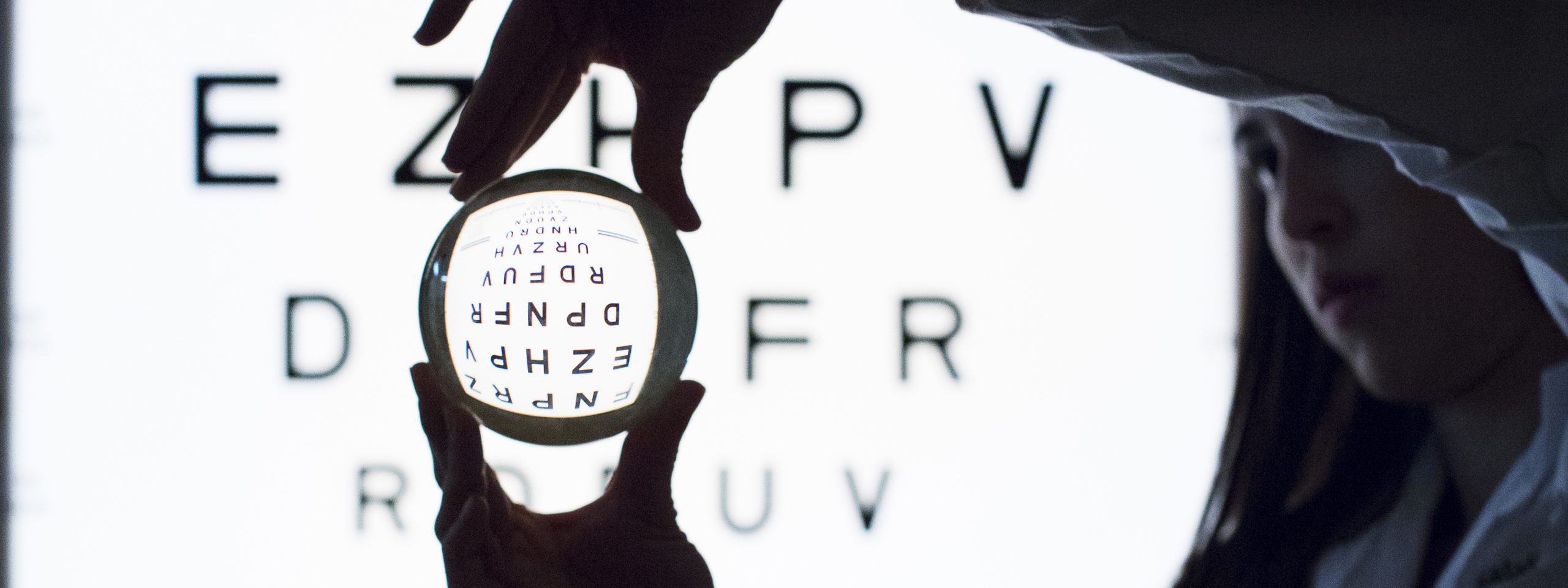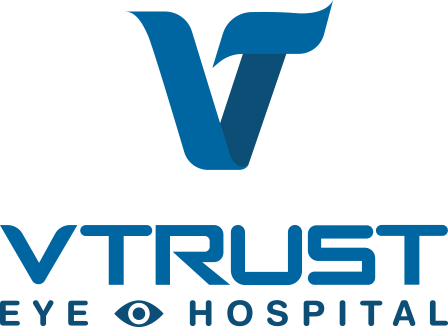
Low Vision refers to a condition where individuals find it difficult to see clearly even with the best possible spectacle correction. People with low vision may struggle to recognize faces beyond 3 meters (10 feet) or experience loss of side vision. Though treatments may not completely restore sight, with proper diagnosis and rehabilitation techniques, the Low Vision Clinic at V-Trust Eye Care helps patients adapt to life with limited vision through advanced optometry practices and assistive visual aids.
At V-Trust Eye Care, one of the Best Optometry Colleges in Kerala, our low vision specialists use advanced diagnostic tools to evaluate visual function and create customized vision rehabilitation programs. These programs aim to improve independence, mobility, and quality of life for people of all ages.
Our clinical expertise extends through our Optometry Diploma Courses in Kerala, BSc Optometry Courses in Kerala, and MSc Optometry Courses in Kerala, ensuring every patient benefits from skilled professionals trained in the latest visual sciences

Symptoms of low vision
Symptoms of low vision includes,
Low vision at different ages
The impacts of low vision in your life depend upon the age when you lost vision. Low vision in children, adults and old age people differ in causes and hence there is changes in the treatment modalities.
Children suffering from low vision experience challenges in learning and social interaction. Early diagnosis and intervention are crucial to support their education and cognitive development. Common causes include amblyopia, congenital cataract, brain injury, or birth trauma. At V-Trust Eye Care, our child-focused vision rehabilitation programs are designed by expert optometrists trained from the Best Optometry College in Calicut.
Adults experiencing low vision often face difficulties in professional and personal life. Causes may include retinal dystrophy, trauma, or neurological disorders. Our Optical Technician Course in Kerala and Hospital Administration Course in Calicut emphasize the importance of patient counseling and rehabilitation management, ensuring adults receive holistic visual support and career guidance.
Low vision among the elderly is often linked with macular degeneration, glaucoma, or diabetic retinopathy. These conditions severely impact daily life, adding to the challenges of aging. The Best Optometry Courses in Kerala at V-Trust Eye Care integrate geriatric eye care and vision therapy to help senior citizens regain confidence and independence
Most common types of low vision
Treatment for low vision
The Low Vision Clinic diagnoses and provides therapy for eye disorders that, if left undiagnosed, can lead to total blindness and cannot be cured even by surgery. Rehabilitation under the guidance of expert optometrists and counselors for diagnosing such eye disorders helps to make daily life comfortable.
We provide various assessments for vision, color vision, contrast sensitivity, and, for field of vision. Assessments are also done to identify the difficulty level of the patients in performing day-to-day activities and test the severity of condition with various low vision equipment.